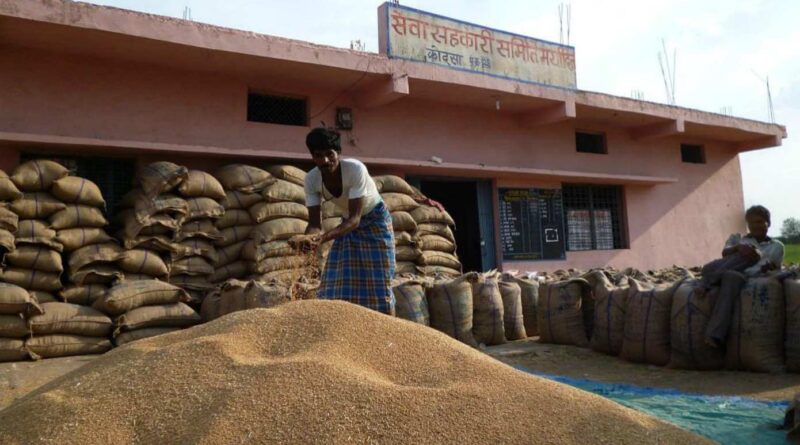At 20,993 MT, Himachal’s paddy procurement reaches record-high
The farmers in Himachal are reaping benefits as the paddy procurement in the state has surpassed last year’s purchase to touch 20,993 MT, officials said on Saturday.
Farmers have sold paddy worth ₹45 crore to the government. During the procurement, which began on October 3, 3,663 farmers sold their produce across 14 established centres. The procurement stood 14,000 MT last year.
The state civil supplies corporation has an ambitious target of 22,000 MT for paddy procurement. Sirmaur has surpassed its target of 6,250 MT, with the number reaching close to 9,000 MT. Last year’s devastating impact on crops due to an outbreak of a fungal disease led to the destruction of less than 2,000 MT in the district. Favourable weather conditions and effective disease management have contributed to this year’s record-breaking production.
In 2022, crops across the state were ruined due to the southern rice black-streaked dwarf virus (SRBSDV) and several farmers had to destroy their crops by running tractors on them. SRBSDV, also known as dwarf disease, had damaged crops in Sirmaur district. Only 2,000 metric tons of the crops were produced in Sirmaur district.
This is for the first time that the state civil and food supplies department is undertaking paddy procurement. It was earlier handled by Food Corporation of India. The government had fixed the support price for A-grade paddy at ₹2,203 and for normal paddy at ₹2,183 per quintal, up from previous year’s ₹2,040.
State civil and food supply corporation joint director Ravindra Thakur highlighted that procurement efforts are ongoing, with a current purchase value of ₹45 crore. Farmers are receiving their payments directly into their bank accounts within 48 hours.
“The variability in cropping intensity among districts is an indicator of the efficiency of the agriculture sector,” he added. Una, Hamirpur, Sirmour, Kangra, Solan, Mandi and Chamba districts exhibit higher cropping intensity, surpassing the state average. This is being attributed to better infrastructure in these regions, contributing to increased productivity in the agricultural landscape.
This article has been republished from The Hindustan Times.

